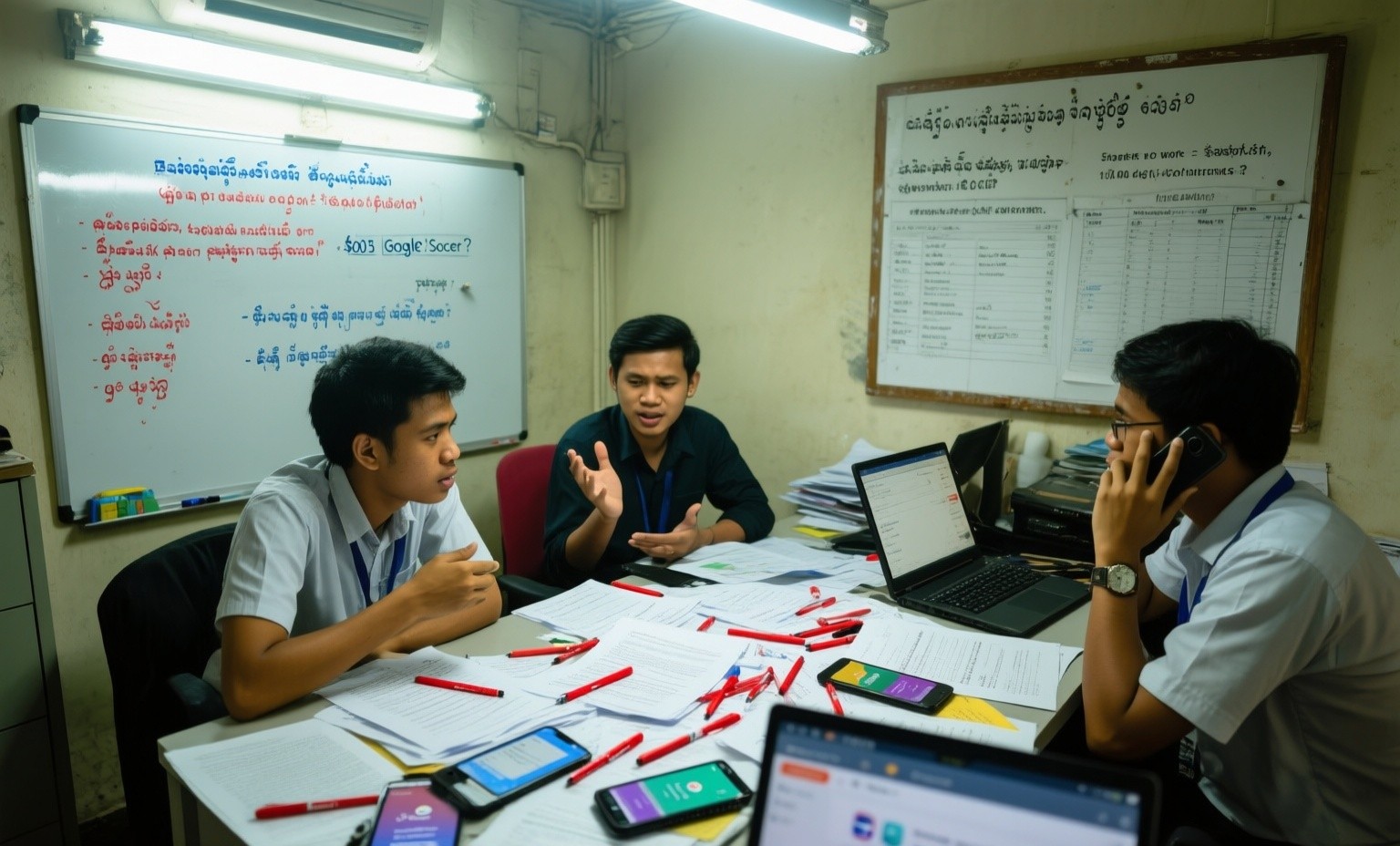Visual learning across cultures: Cost-effective strategies for adapting American educational graphics for Southeast Asian learners
An MIT physics diagram depicts autumn leaves falling from trees to illustrate gravitational acceleration, complete with orange and yellow foliage against a blue October sky. When this image reaches students in tropical Cambodia or Indonesia, confusion precedes comprehension—many have never seen autumn leaves, cannot relate falling foliage to seasons they’ve never experienced, and waste cognitive … Read more



